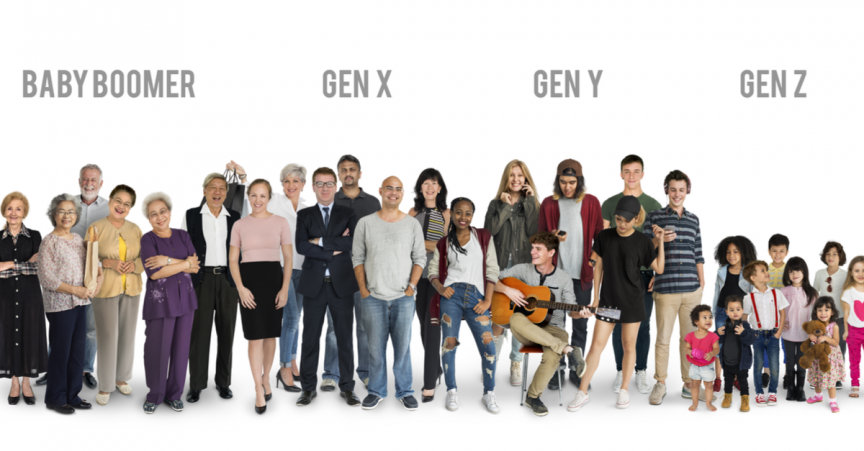Generation Y and Z. What’s Different?
Just as you were getting the hang of managing Millennials (Gen Y), now you are faced with the complexities of hiring and training the new Gen Z! Partnership Employment is here to help with a two-part series that will help you:
- identify some of the key differences between Gen Y and Gen Z
- tips to recruit and retain Gen Z workers
The Next Workforce
As we know, the experienced labor force is shrinking quickly. Millennials now outnumber Baby Boomers 35% to 33%. With 162 million employed, the youngest Boomers only 14 years to full retirement age, and a super-low 4.1% unemployment rate, an influx of new workers is greatly needed.

Enter Generation Z.
There is a lot to love about this crop of fresh recruits, but to onboard successfully and increase retention, companies will need to reevaluate and flex some of the accommodations they have made for Gen Y.
The first step is for managers and recruiters to educate themselves about who this next generation of workers is and how they contrast with Gen Y. To help you, we’ve compared some of the generalized traits and characteristics researchers have observed between these two groups and identified some leverage points, with a watch list indicating potential flags for consideration. As you evaluate and compare, think about successful techniques you’ve used in hiring, supervising, and developing your Gen Y workers and how these might differ for Gen Z.
In next month’s blog, we’ll use this information to give you some tips on how to successfully attract and retain your next-gen Star employee!
| MILLENNIALS (GEN Y) | POST-MILLENNIAL (GEN Z) |
| 62 million born between 1981 – 1996 | 58 million born between 1996 – present* |
| Ages 22 – 37 in 2018 | Ages 18 – 22 in 2018* |
| 56 million in work force (2017) | 13 million entering workforce (*2018) |
| Projected 74.3 million by 2050 | (Endpoint not determined; some use 2012) |
| 40% of 25-29-year-olds college educated (2016) | Third year of declining college enrollments |
| LEVERAGE POTENTIAL | LEVERAGE POTENTIAL |
| Digitally-adept multi-taskers, social and relational, team-oriented, and enjoys tackling new challenges and skills to advance. Quick learners, want purpose and meaning over money. Appreciates individualized support and mentorship. Social, environmental, and community commitments. | Macro-aware, realistic, flexible, and ultra-sophisticated toward technology and innovation. Creative, independent and private, but appreciates mentorship. Motivated by money and security so will stick around. More optimistic about their futures, and demands respect for diversity and social fairness. |
| WATCH LIST | WATCH LIST |
| Overconfident about abilities, somewhat entitled, weaker face-to-face communication style, dislike taking orders, short-term goal orientation/task-oriented rather than mission-oriented so harder to retain. Need constant affirmation and feedback. Suspicious of government and authority. | Smart devices as part of their identities, want quick advancement, impatient with feedback, competitive, less team-oriented and more entrepreneurial. Brand and reputation-oriented. Used to getting “likes,” or instantaneous feedback and recognition. Non-discriminatory loyalty between job and “hobbies.” Writing, math, and general education abilities may be low. |
| Sources: Bureau of Labor Statistics, March 2018
Inside Higher Ed (https://www.insidehighered.com/news/2017/12/20/national-enrollments-decline-sixth-straight-year-slower-rate) Pew Research Center (http://www.pewresearch.org/fact-tank/2018/03/01/defining-generations-where-millennials-end-and-post-millennials-begin/) Stillman, D. & Stillman, J. (2018). Gen Z @ Work. http://genzguru.com/ U.S. Census Bureau (www.census./gov/popest); U.S. Census Bureau (2012);
|
|


